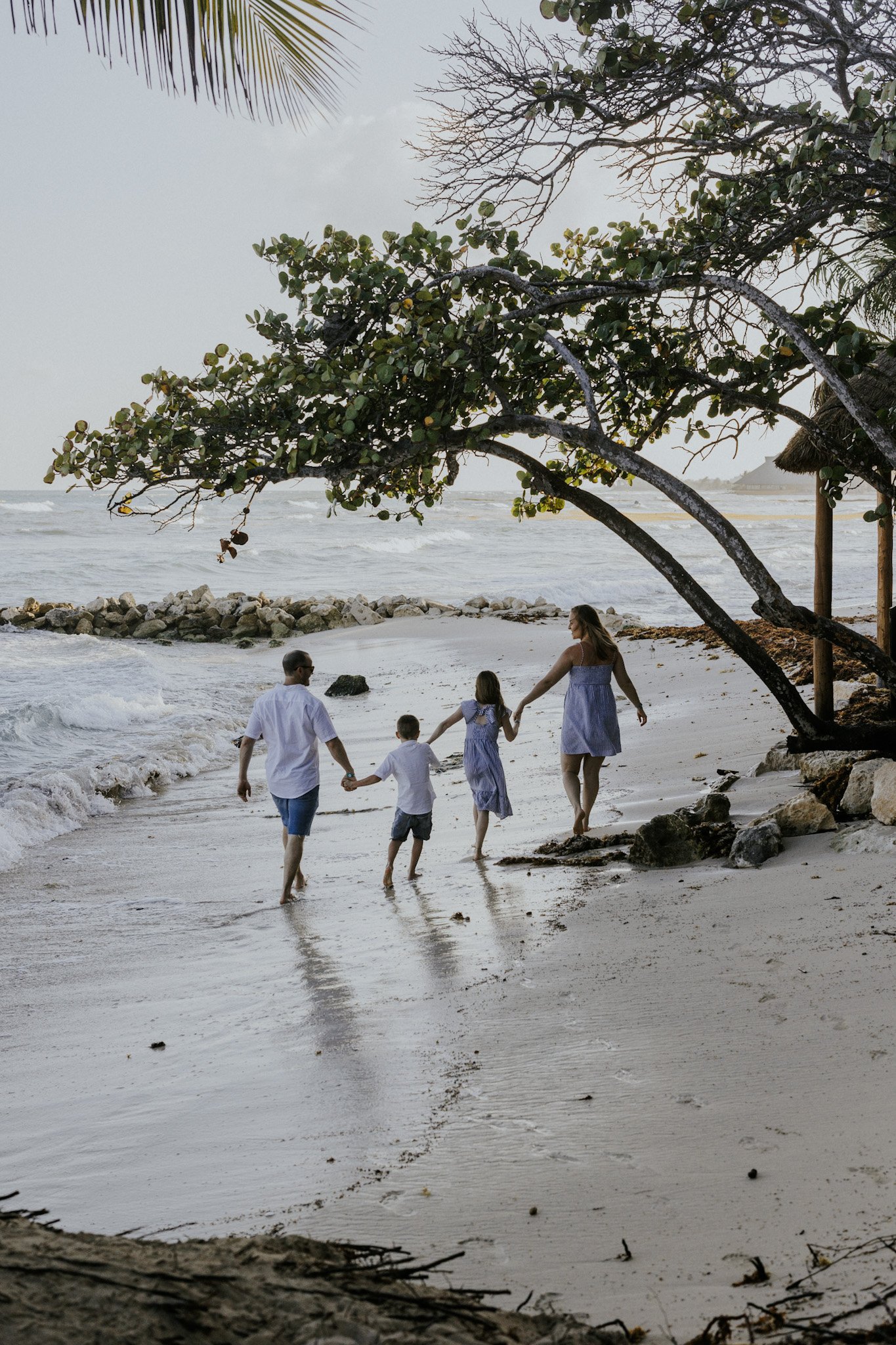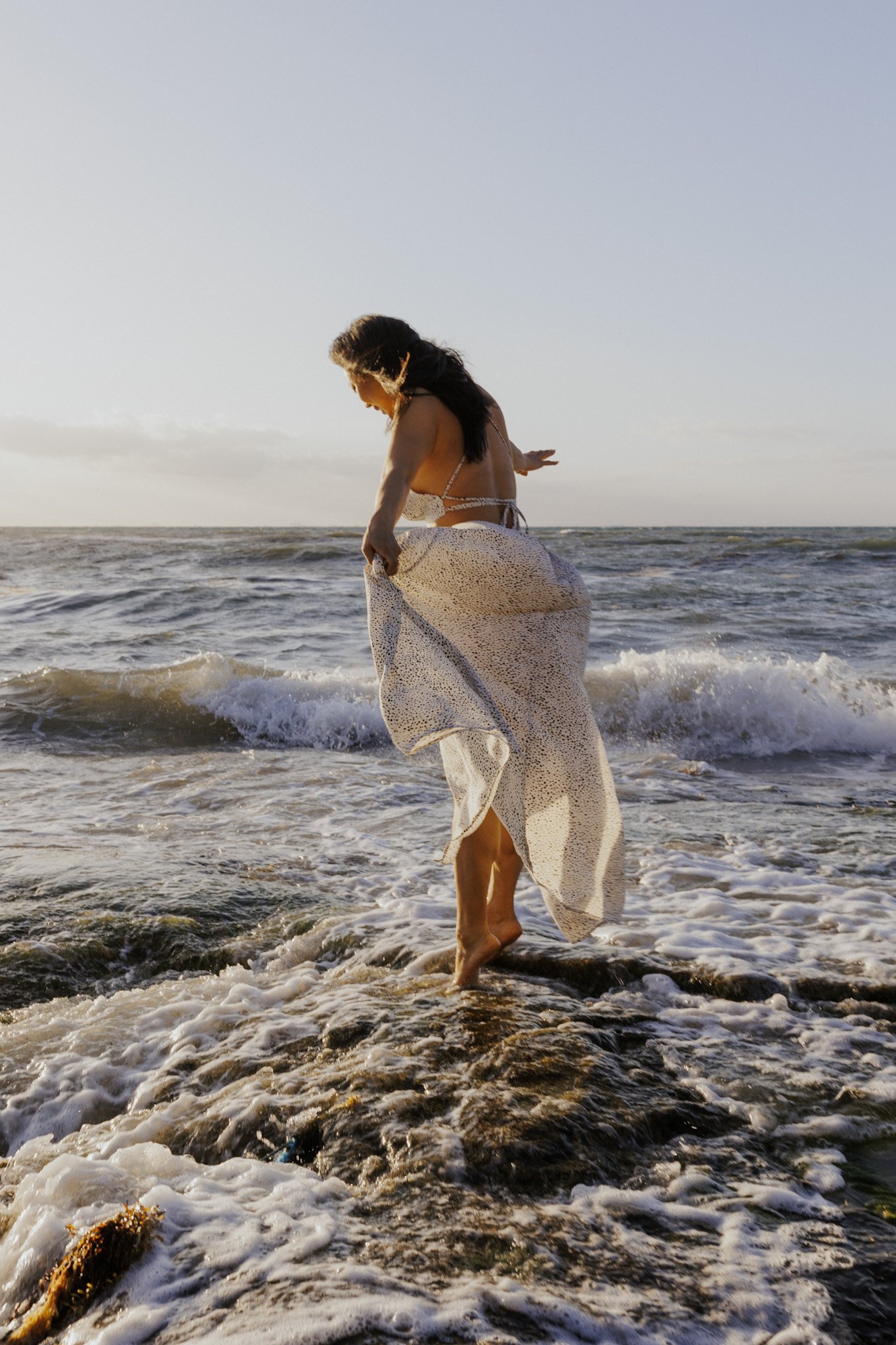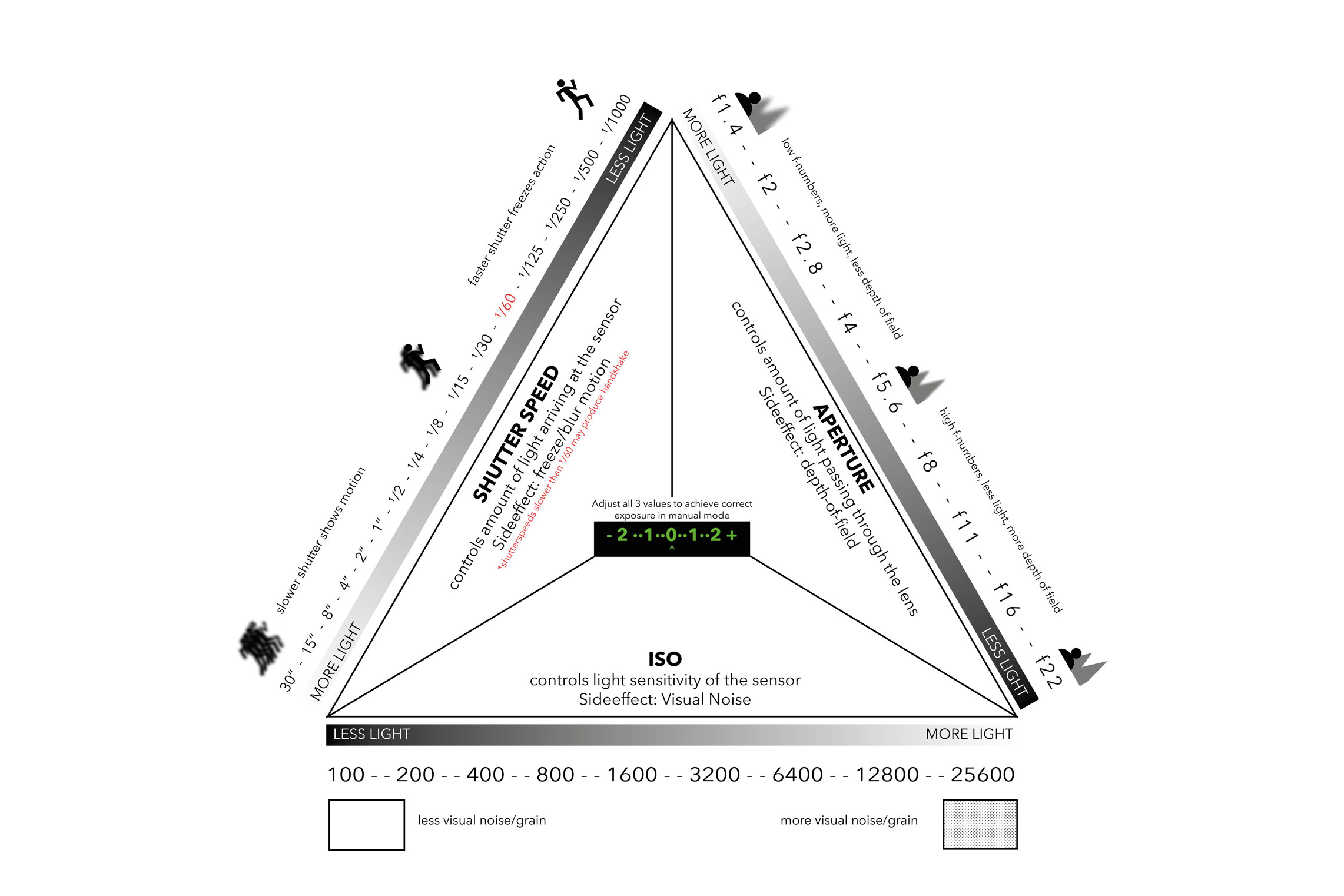If you're planning a trip to Playa del Carmen, Tulum or Cancun, and you're in need of photography services, Myplayaphotographer is the best choice for you. Here are just a few reasons why.
First and foremost, Myplayaphotographer is led by the professional photographer Daniel, who has been capturing stunning images of the Riviera Maya for almost a decade now. He has a deep understanding of the unique lighting, landscapes, and culture of the area, which allows him to create truly breathtaking photographs.
Having started with photography in the analog area, Daniel has collected a profound knowledge of the medium. His education in visual arts paired with his technical knowledge about cameras, films and sensors contributes to a unique photography style that is unmatched in the Riviera Maya.
Not only is Daniel a skilled photographer, but he is also an excellent communicator, good alike with kids and adults, approachable and easy going. He speaks both English and Spanish fluently, so you won't have to worry about any language barriers getting in the way of your shoot.
As an established company of the Riviera Maya Myplayaphotographer offers a wide range of photography services to meet your needs, from engagement and wedding photography to family and individual portraits.
In addition to their top-notch photography services, Myplayaphotographer is known for their exceptional customer service. They will go above and beyond to make sure that you are satisfied with your experience, from the initial consultation to the final delivery of your photos.
Finally, Myplayaphotographer is dedicated to sustainability and minimizing their impact on the environment. They use eco-friendly practices in their business, such as digital delivery of photos to reduce paper waste and energy-efficient lighting equipment.
If you want stunning, high-quality photographs of your trip to Playa del Carmen, Myplayaphotographer is the best choice. With their skilled and experienced team, wide range of photography services, exceptional customer service, and commitment to sustainability, you can't go wrong.




























